Introduction To Indoor Gardening
Your own fruits, flowers and vegatables can be grown, often with far better results, without the excess labor and trial and error of the traditional gardening methods. Today's gardener is aware of high-efficiently growing techniques like hydroponic gardening, and has learned the benefit of high-intensity discharge lights and safe pest controls in the garden. You can produce more productive plants in less time with much less work.

Building Your Garden System
There are five elements to the complete indoor urban garden system:
Why Is a Light System So Important?
When you garden outdoors, Mother Nature pays attention to the proper light balance and intensity for healthy plant growth. Your plants will sense and adjust to the seasonal changes in the quality of light from the sun and use its patterns, hours, hues, and duration to judge their cycle of life. An indoor light system for your garden must be able to accomplish the same task.
Can Your Plants breathe?
The second building block of a healthy indoor plant is knowing the importance of exchange and circulation of fresh air in the garden room. Apart from lack of light, an excess of heat, humidity, or stale air is certain to limit the growth of your plants.
How Will You Start Your Plants?
Once you have created a bright, balanced and temperate indoor growing area, it will be time to get your plants started. You have the choice of starting from seed, taking a cutting off an existing plant or purchasing a pre-started plant developed for your specific application. Also, once you have your garden room up and running, you will need to continue that process as efficiently as possible. Planning your garden from the beginning toward that end, will make the task all that much easier.
Hydroponics or Soil
Hydroponic gardening means growing a plant without soil. Instead of growing a plant in the dirt, the plant is fed a nutrient mixed with water, which allows the plant to grow much faster that it normally would, resulting in a larger harvest of vegetables, fruits, herbs and flowers. If you are growing in soil, it's important to provide a large enough container for the plant. One rule of thumb would be, to have one gallon of soil per foot of plant growth, or one gallon per month of growth, whichever is larger.
Do You Have The Right Food?
Selecting the right nutrient for your crop is important. Plants with heavy vegetation often require increased amounts of nitrogen for a plant's vegetative cycle and a high phosphorous mix at fruiting time. When you garden indoors it is important to select a nutrient rich in trace elements to meet the unique demands of a container plant.
-
Sale!

Cannabis Grower’s Handbook: The Complete Guide to Marijuana and Hemp CultivationCannabis Grower’s Handbook: The Complete Guide to Marijuana and Hemp CultivationCannabis Grower’s Handbook: The Complete Guide to Marijuana and Hemp Cultivation
Original price was: $44.95.$34.95Current price is: $34.95. Add to cart Quick View -
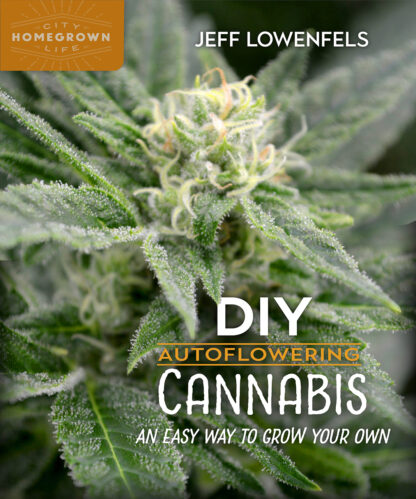
DIY Autoflowering Cannabis by Jeff Lowenfels
$24.95 Add to cart Quick View -

Ed Rosenthal Marijuana Grower’s Handbook
View products Quick View -

Gardening Indoors with Cuttings
$14.95 Add to cart Quick View -
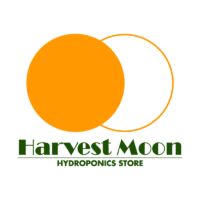
Gardening Indoors with Rockwool
$14.95 Add to cart Quick View -
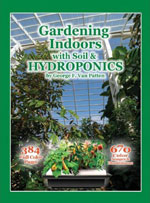
Gardening Indoors with Soil & Hydroponics
$24.95 Add to cart Quick View -
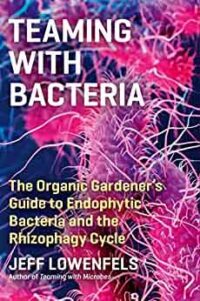
Teaming with Bacteria: The Organic Gardener’s Guide to Endophytic Bacteria and the Rhizophagy Cycle
Read more Quick View -
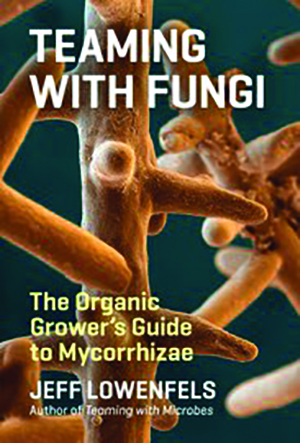
TEAMING WITH FUNGI The Organic Growers Guide to Mycorrhizae
$24.95 Add to cart Quick View -
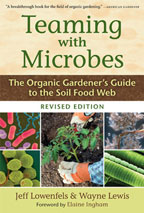
Teaming with Microbes
$24.95 Add to cart Quick View -
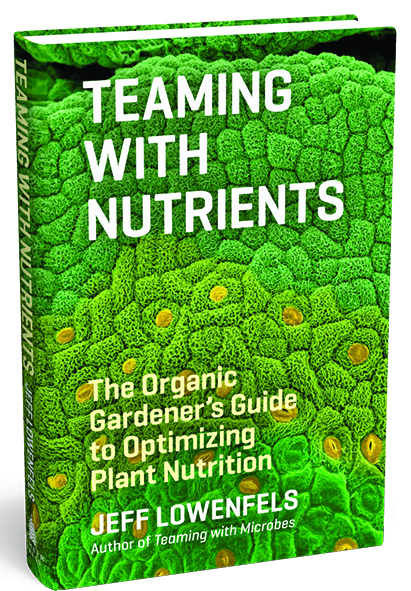
Teaming with Nutrients
$24.95 Add to cart Quick View
